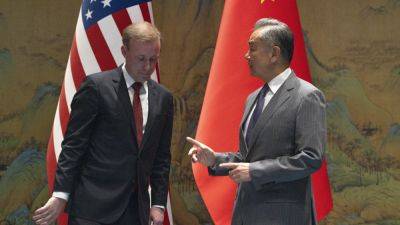Tectonic shift coming on global currency markets?
A quiet yet profound shift in global financial dynamics may be on the horizon, one that could significantly alter the relationship between the Chinese yuan and US dollar.
A potential move by Chinese firms to repatriate their substantial holdings of dollar-denominated assets is central to this change, a scenario likely to occur as US interest rates are cut in the coming months.
This move could spark a wave of capital flows back to China, with far-reaching implications for the yuan, the dollar and global currency markets at large.
Estimates suggest that Chinese companies have amassed over US$2 trillion in offshore investments, a large portion of which is parked in US dollar assets.
Since the onset of the pandemic, Chinese firms have been seeking higher yields abroad, finding greater returns in dollar-denominated assets than in domestic, yuan-denominated options.
However, this trend may soon reverse. The US Federal Reserve is widely expected to cut interest rates in response to cooling inflation and economic challenges in the US.
As borrowing costs there decrease, the attractiveness of holding dollar assets is likely to diminish, potentially prompting Chinese firms to shift their investments back home.
Projections for how much capital might be repatriated vary but estimates range from $400 billion to $1 trillion.
Even at the lower end of this range, the impact on the yuan could be significant, with some analysts predicting that the currency could appreciate by as much as 10% against the dollar.
Mechanics behind the shift
A narrowing interest rate differential between the US and China would potentially drive this wave of capital flows. Over the past few years, Chinese firms have built substantial offshore portfolios in






